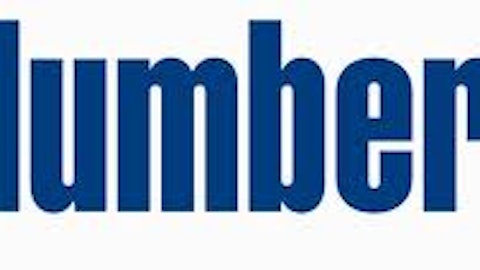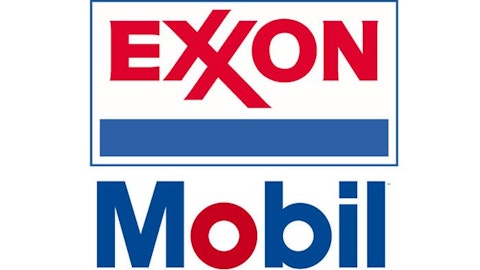Between Exxon Mobil Corporation (NYSE:XOM), Chevron Corporation (NYSE:CVX) and BP plc (ADR) (NYSE:BP), which company presents the best value for income-oriented investors? This is arguably the most recurrent debate in income-investment circles.

Although all three companies present commendable income opportunities for investors, ExxonMobil goes a step further to offer security and peace of mind. With Exxon Mobil Corporation (NYSE:XOM), you can sit back and enjoy your retirement without having to constantly tap away at some device for news updates and stock trends.
Don’t BP and Chevron offer better yields?
On the face of it, BP and Chevron offer a better deal for income investors. BP currently offers a yield of around 5.3%. Chevron, on other hand, offers a yield of about 3.2%. Exxon Mobil Corporation (NYSE:XOM) trails the pack with its 2.8% yield. This essentially means that BP and Chevron investors are set to gain more (not in actual amount) when stacked against ExxonMobil shareholders. But is this all?
Don’t forget to read the fine print
1. Exxon Mobil Corporation (NYSE:XOM) offers a lower yield but generates more cash flow than Chevron (close to two times more). If anything, Chevron should have a lower yield than ExxonMobil, but it does not. Doesn’t this mean that Chevron is accumulating debt, or worse, tapping into its coffers in order to maintain its yield?
In 2012, Chevron’s free cash flow came in at $7.9 billion compared with Exxon’s $21.9 billion. This contrast suggests that Chevron should reduce its yield slightly and perhaps focus on another strategy to create shareholder value, like increased share buybacks. It can perhaps increase its current share buyback of approximately $1.3 billion.
2. How else do Chevron and ExxonMobil enhance shareholder value? Stock buybacks? Yes, they do have these. But as it is, ExxonMobil presents the best stock-buyback program when compared with Chevron and BP.
In 2012, it bought back $20.8 billion, compared with BP’s much lesser $4.1 billion. Even if BP buys back $8 billion as earlier announced, it will still trail ExxonMobil.
3. Is BP’s future that certain? As far as its stock is concerned, a downside could come at anytime. In addition to the weak oil prices that are hurting its margins, its court battles are also placing an equally significant strain on its stock.
By the fall of 2012, the oil big wig had spent a whopping $42.2 billion in meeting the costs and fines associated with the infamous 2010 Gulf of Mexico oil spill. However, that was merely the beginning. BP is still in court battling more than 160,000 claims. I believe that this court case, coupled with risks of thinning margins, beg the question: Is BP’s dividend yield sustainable in view of the looming uncertainty? I guess not.
ExxonMobil always has one foot in the future
Despite the innumerable challenges in the energy sector, ExxonMobil always manages to get through. It does this because it always has one foot in the future.
Let’s go back to mid 2010 when ExxonMobil closed the $31 billion XTO Energy deal. Although the closure of the deal provided more traction for ExxonMobil in the natural-gas sector, it was met with criticism in view of the weak forecasts for natural gas at the time. Indeed, natural-gas prices later hit unprecedented lows in mid 2012. This trend, however, changed and natural-gas prices have since trended upward. In fact, there are heading toward healthy levels.
The chart below puts this into perspective

In view of the expected continued uptrend in natural-gas prices, ExxonMobil inked a deal with Qatar Petroleum International to follow through with the construction of a $10 billion natural-gas export terminal in its home state of Texas.
ExxonMobil’s huge bet on U.S natural gas was therefore a well directed move, and more importantly a demonstration of how the energy titan always has a foot in the future. This not only gives ExxonMobil control of future trade, but it also gives it considerable leverage in view of the geopolitical headwinds that have become the staple in today’s energy industry.
Conclusion
ExxonMobil’s yield, despite being comparatively lower than that of its competitors, allows it to reinvest heavily (without much debt accumulation) in its forward-looking projects. Its enormous share-buyback programs also more than offset the dismally lower yield, presenting shareholders with both income and security. ExxonMobil is certainly a good play for the long haul.
The article ExxonMobil Outshines Peers in Prioritizing Longevity originally appeared on Fool.com and is written by Lennox Yieke.
Copyright © 1995 – 2013 The Motley Fool, LLC. All rights reserved. The Motley Fool has a disclosure policy.


